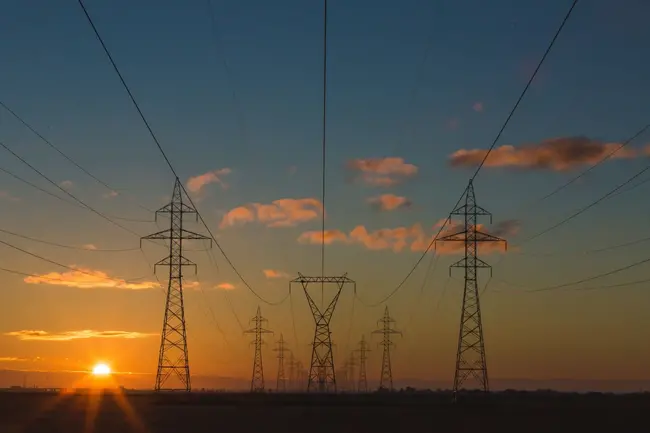Natural disasters are becoming more frequent and intense, placing unprecedented pressure on a fragile electrical grid. According to a Food and Agricultural Organization report, climate and weather-related disasters have quadrupled from 40 events annually in the 1970s to more than 150 events in the 2010s.
With each natural disaster, improving grid infrastructure for greater resilience becomes increasingly dire. Experts must now contend with ensuring timely updates to the electrical grid amid rising climate change.
Natural Disasters Leave a Crumbling Grid Susceptible to Outages
Power outages often trigger a domino effect on communities — the longer a power outage lasts, the more severe impacts people and businesses face. For instance, when the power goes out, it disrupts communications with emergency responders, transportation and accessibility to water.
Businesses — from retailers to grocery stores to gas stations and banks — must close their doors during power outages, causing lost productivity and economic turmoil. Power losses also cause food spoilage and contamination. Meanwhile, patients may be unable to use crucial medical equipment.
Hurricanes, flooding, tornadoes, wildfires and ice storms are some of the most common natural disasters that affect the grid today. For example, 7.5 million across 15 states lost power during Hurricane Sandy in 2012.
The Associated Press also reports that weather-related outages last an average of eight hours, with a 50% increased rate of outages in California, Maine and Louisiana. With little end to natural disasters in sight, it’s become apparent that the United States can no longer put off updating the crumbling grid.
Improving Grid Resilience
Building grid resilience requires safeguarding distribution and transmission towers during a natural disaster — an effort mandating a high level of expertise and project management to execute correctly.
A recent analysis of grid infrastructure resulted in recommendations for the U.S. Department of Energy (DOE) to develop a comprehensive plan of action based on initial disaster response — this includes grid recovery and technical assistance. Renewable energy plays a role in this effort.
As calls for more reliable, cheaper, cleaner and more secure renewable energy sources grow louder, updates to the electrical grid are deemed unavoidable. The DOE’s goal is to attain a 100% carbon-free power grid by 2035 per President Biden’s climate initiative. A more robust system will likely include the following components:
- Microgrids
- Hacker prevention software
- Smart metering
- Renewable grid power storage
- Advanced grid hardware
- Better demand response during peak use
Of course, solar power alone isn’t enough to meet national energy demands — solar panels only have a 15% to 20% generation capacity, conducive to individual residences. However, integrating solar power as a backup energy source may be more effective against major storms and power outages.
After Hurricane Fiona’s impacts on rurally-distributed power, Puerto Rico has begun experimenting with a solar-powered microgrid. The project will eventually connect dozens of structures with nearly five megawatts of solar — the first microgrid successfully powered seven buildings in Castañer. The second microgrid launched in October 2022 and has powered five additional buildings.
Puerto Rico’s microgrids are an example of what implementation on the mainland could look like. What people learn from the island’s solar-powered upgrades may build a more resilient electric grid against natural disasters, such as ice storms in Texas or hurricanes along the Gulf Coast.
Additionally, grid updates should consider hacker-forced outage events, which may occur for financial or warfare reasons. Although taking down the grid would require a complex attack, a sophisticated hacker could manage — and it’s happened before. In 2015, almost 250,000 people in Ukraine lost power when Russian hackers knocked out the power grid.
Resilience Starts With an Updated Grid
Demands for an updated electricity grid have previously been discussed. However, recent weather impacts and natural disasters underscore the grid’s importance to society, businesses and national security. A more resilient grid is critical to protect the U.S. from significant outages.

